Every year, millions of migratory birds are unlawfully killed as they embark on their epic journeys between their homes in Europe and Africa. In response, BirdLife International has launched Flight for Survival, a campaign raising awareness of this issue globally, with particular focus on seven illegally killed bird species.
Every year, an average of 25 million birds are unlawfully shot, trapped or poisoned, according to the findings of two BirdLife International studies: The Killing (2015), focusing on the Mediterranean, and The Killing 2.0 – a View to a Kill (2017), covering Northern Europe, Central Europe and the Caucasus. From tiny songbirds to powerful birds of prey, an enormous range of species are killed for sport, food or ill-informed “pest” control – all in open defiance of the law. As well as being shot down, birds are poisoned, trapped on branches by glue or lured into near-invisible nets by illegal electronic bird sound callers.
Endangered species that are already struggling to cope with challenges such as habitat destruction and climate change are being pushed even closer to extinction by this illegal activity. For example, the population of the endangered Egyptian Vulture has plummeted by 50% in the past 50 years, and worldwide, only one in seven juveniles reaches adulthood, due in a large part to the theft of its eggs and chicks for collectors. Furthermore, illegal killing is exacerbating the population declines of species once considered common and widespread, such as the Eurasian Turtle-dove, which in 2016 was listed as vulnerable for the first time.
Our new campaign aims to raise awareness of this relatively little-known crisis. We are following the spectacular migratory journeys of seven species and exposing the different dangers they face at some of the worst illegal killing blackspots along the African-Eurasian flyway.
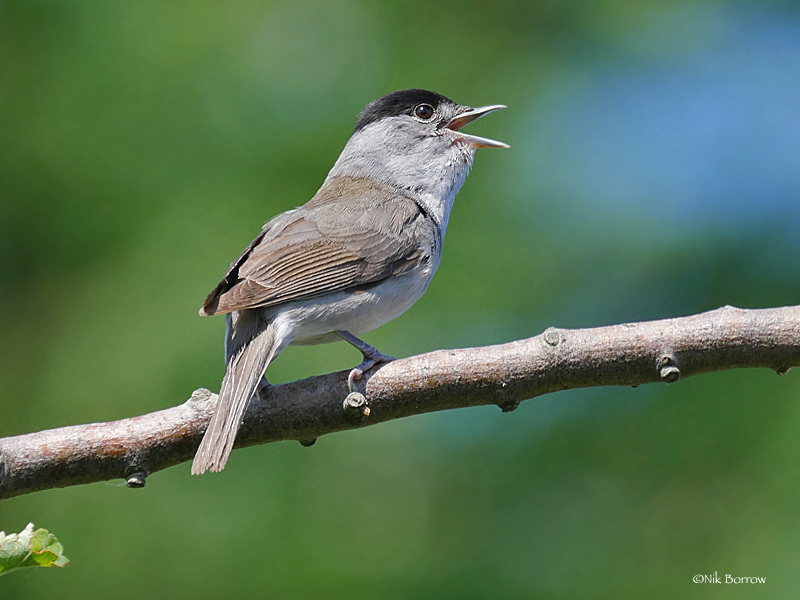
Eurasian blackcap. Image credit Nik Borrow, CC BY-SA 3.0.
Eurasian blackcap
The trapping of small songbirds for food is common across the Mediterranean. In Cyprus, the illicit restaurant trade of blackcaps, worth 15 million euro, is driving the illegal slaughter of hundreds of thousands of migratory birds each year.

Common quail. Image credit Marcel Holyoak, CC BY-SA 3.0.
Common quail
In Egypt, quail have been trapped for food for generations. But today, at poaching problem areas like Lake Burullus, electronic sound devices playing recorded birdsong lure unsustainable numbers into huge, commercial-scale nets.

European turtle-dove. Image credit vil.sandi, CC BY-SA 3.0.
European turtle-dove
This rare dove is spiraling towards extinction across Europe, yet they remain the target of illegal shooting in the Mediterranean. In Greece, over 70 000 turtle-doves are estimated to be slaughtered each spring on the Ionian Islands alone.
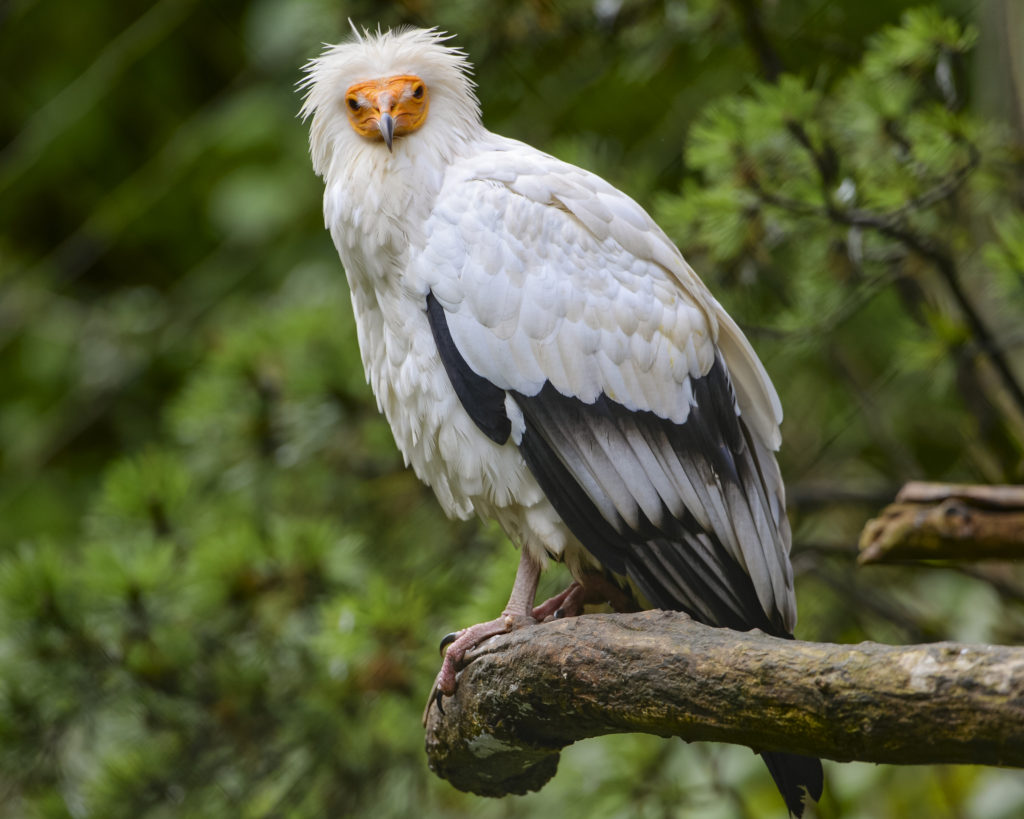
Egyptian vulture. Image credit Tambako the Jaguar, CC BY-SA 3.0.
Egyptian vulture
Having suffered a dramatic population decline, this rare vulture is now globally endangered. In the Balkans, wildlife trafficking has added to the death toll from poisoning, electrocution and illegal shooting.
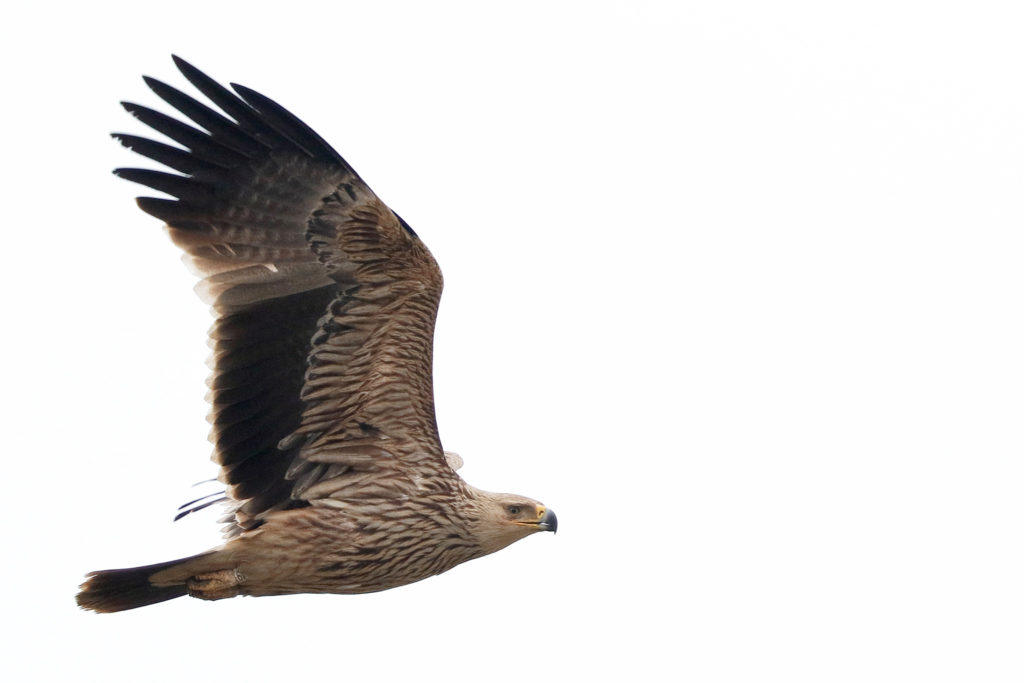
Eastern imperial eagle. Image credit Radovan Václav, CC BY-SA 3.0.
Eastern imperial eagle
Globally threatened due to severe habitat loss, this powerful bird of prey is also badly persecuted by humans. In Hungary, targeted poisoning poses one of the main threats to this rare eagle’s survival.
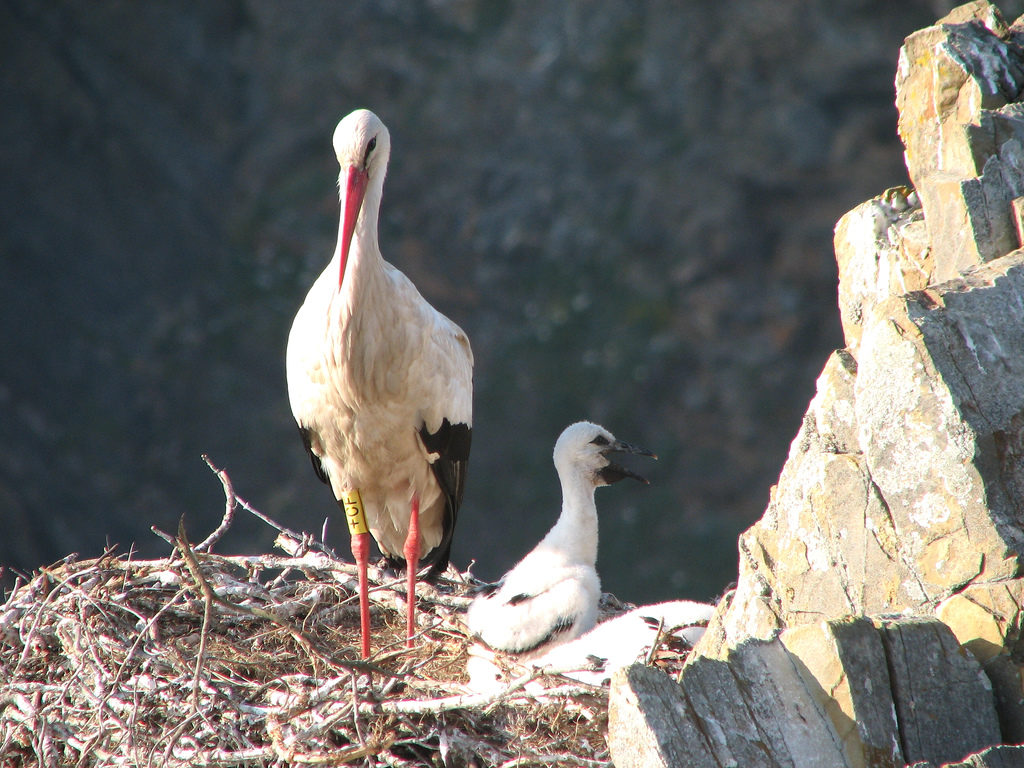
White stork adult and young. Image credit Paolo Guerra, CC BY-SA 3.0.
White stork
Sadly, this beautiful bird is regarded as a trophy target by many poachers. In Lebanon alone, thousands are illegally shot every year as huge flocks cross the country during migration season.
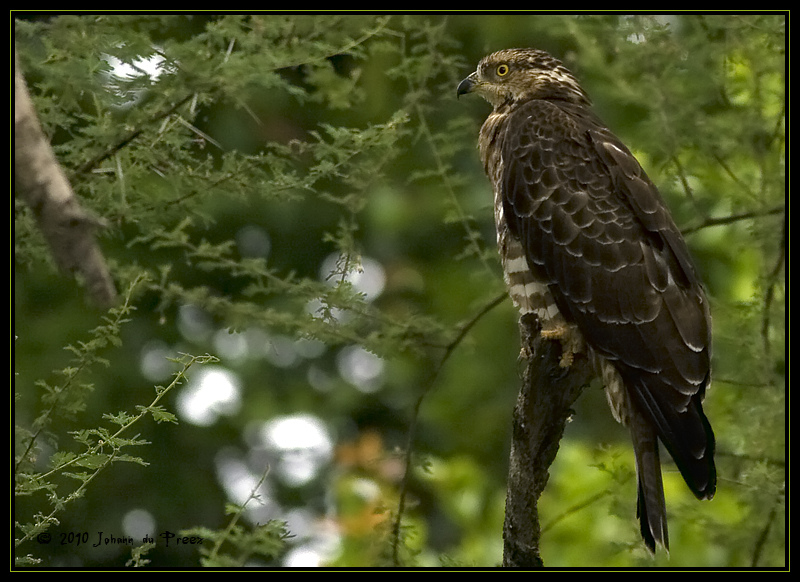
European honey-buzzard. Image credit Johann du Preez, CC BY-SA 3.0.
European honey-buzzard
In the past, up to 5000 honey-buzzards were illegally shot every year as they passed through Italy’s Messina Straits. But local and national conservation action since the late 1980s resulted in a dramatic drop in poaching numbers, showing that change is possible.
Featured image: A white stork in flight. These birds are killed in huge numbers by trophy hunters during their migration. Image credit Merijn Loeve, CC BY-SA 3.0.





